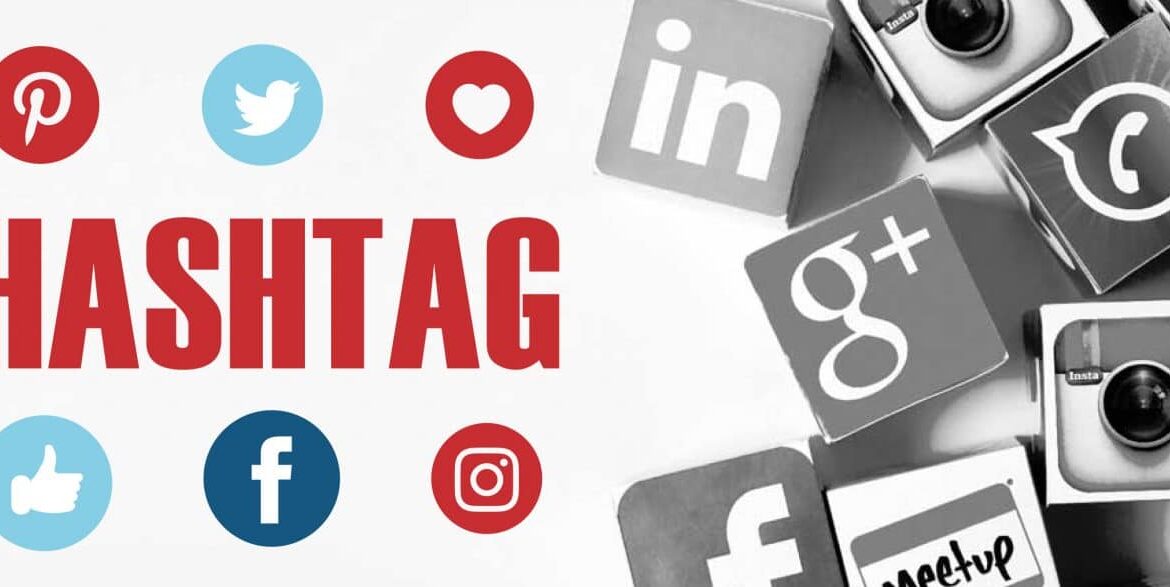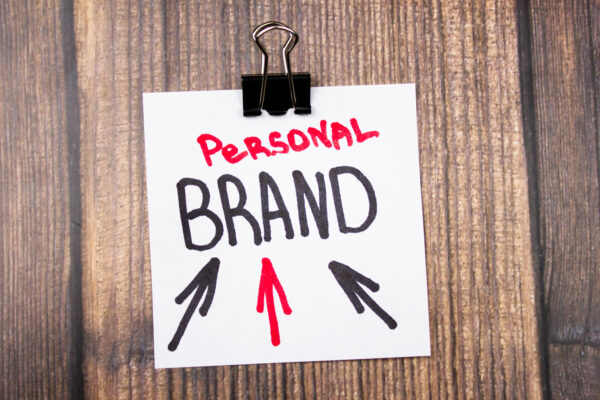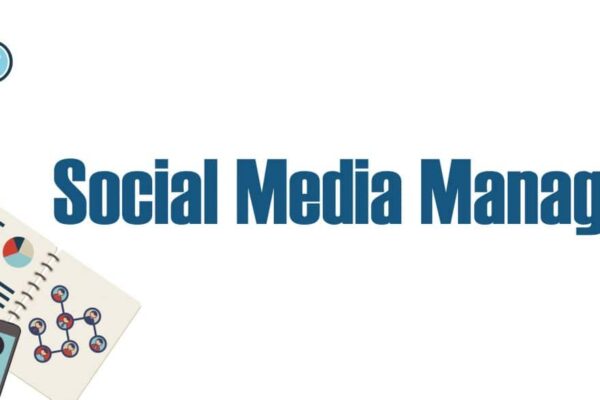A discussion on that magic symbol and how to use hashtags in 2017
It seems like a no-brainer, right? Everyone is using hashtags on Social Media these days. They don’t cost anything, and it emphasizes your key terms and phrases. It creates “tags”, doesn’t it? We might even up trending on Twitter!
Well, no. Not really. When deciding whether to use hashtags (#)—that beloved little symbol we used to call a “number sign” or “pound”— for your business’ social media, there’s some social media marketing thought and strategy that must enter in.
FLIP A COIN?
This tactic is only effective when it is employed correctly. So then…how to use hashtags? It serves no purpose to add tons of #’s for its own sake, especially if no one is going to monitor them or give a hoot. So do hashtags matter on Facebook? About half the experts say “absolutely” and the other half say “not at all”. By late 2016, there is still no clear-cut answer. So do we flip a coin? Of course not!
“Since Facebook’s use of hashtags began in 2013, they are still not as popular they are with Facebook’s rival Twitter or even its partner Instagram.
A study done by EdgeRank Checker, conducted in the first three months of the initial launch, showed that hashtags had no real positive effect on reach. Posts without hashtags performed better than those with hashtags.
Hashtags on Facebook have increased in the past two years. Posts that have one to two hashtags see an average of about 593 interactions.”
SET A GOAL
As with anything, start with an objective in mind. If you’re going to use hashtags effectively, answer an important question before starting out: What’s the goal here…
- Searchability?
- Product launch?
- Monitoring brand presence?
- Cross-promotion with other channels?
- Join in or provoke a discussion?
Identifying what you want to achieve will help determine how to use hashtags, ensure consistency in your message and avoid audience confusion.
RELEVANCE IS KEY
Add hashtags (maybe 2-3) when it makes sense and when the term attached is relevant, so that your audience can filter on them and discover additional pertinent dialogue. If the objective is to create some buzz around “seedless watermelons”, then begin by inserting the hashtag #seedlesswatermelons then find ways to incite people to talk about it further.
As far as Facebook goes specifically, there’s the creation of a unique URL for all hashtags entered. The author can then easily direct readers to this discussion, thereby encouraging others to make use of that same hashtag, which then manufactures more pertinent discussion, and so on.
MAKE SURE IT’S INTERESTING
For this reason (among others) it is pointless to hashtag frivolous terms like #epic or #havealook because no one cares to create dialogue around those terms. That would be an ill-advised move, and the hashtags are not being used the way they were intended. They also certainly wouldn’t “talk to” other social media channels in any kind of effective manner.
EDGERANK
Otherwise stated, hashtags “link” your content to other people writing about the same subjects, or seeking information about something. Lesson: this is the first web marketing approach in how to use hashtags to spread your message beyond your immediate audience, and for free.
Facebook’s EdgeRank is a tool which helps govern how topical or current or “hot” a subject is, and that’s one way to crack the lineup, on the way to your target readership’s eyes. Though for some reason, Facebook hashtags have little significant impact so far, as evidenced in studies conducted by EdgeRank Checker.
CROSS SOCIAL PLATFORM BRANDING
Even though hashtags are not the same on Facebook quite yet, there is still a good way how to use hashtags there. As a business, cross social platform branding is important, since users might follow your brand on several social networks.
Here’s an example: if you’re doing a promotion that uses a hashtag on Twitter & Instagram, you will “brand” that hashtag to the users better if they see it being used on Facebook as well. This will encourage them to use it no matter what social network they are using.
SOCIAL MONITORING
Learning how to use hashtags is great for social monitoring. Checking up on a hashtag specific to Brand ”X” or event “Y” quickly reveals what others are saying when they reference that same hashtag. This helps gauge positive or negative attitudes.
TIPS FOR SUCCESS
As you decide whether Facebook hashtags are right for your business, here are a few tips for more effective usage:
- Use industry-specific or technical hashtags if they are relevant to your audience. These “speak” to the reader.
- Know your market: If your audience is social media-savvy, then hashtags come into play and can be valuable. If they still think that Twitter is the language that sparrows sing on your corner telephone pole in the morning, then hashtags are not in their vocabulary and will have no impact.
- If you are currently using hashtags in a campaign on Twitter or Instagram, start including those hashtags in your Facebook content. This makes it easier to integrate all your social channels as one.
“According to research by Buddy Media, tweets with hashtags received two times more engagement than tweets that don’t. In a study by Simply Measured, 88 percent of posts included at least a single hashtag. When it comes to retweeting, tweets that contain one or more hashtags were 55 percent more likely to be retweeted than tweets that don’t.
Twitter can take the credit for the beginning of the hashtag movement in social media, but it is far from being the lone social media platform to use the symbol.”
They can be useful in very specific situations like corporate events or one-off sales promotions, with adequate support of other media. This is proven to be more effective in how to use hashtags than in regular content.
- Quote keywords relevant to your business and the audience you are targeting. Local businesses should use the name of their cities or communities as well.
- Don’t put your hashtag in the middle of the sentence. That makes reading more difficult and distracting.
- To find out if the hashtag in mind has any potency is to simply do a search using Facebook graph search. Enter the desired hashtag into your Facebook search bar and see all the associated posts.
- Increase your brand’s visibility and reach by piggybacking on popular hashtags.
BOTTOM LINE
The hashtag is intended to be a slam-dunk online marketing technique with no drawbacks:
- Marketers can expand their reach to an interested potential client
- Users can discover new content, offers, and exciting products
- The platform generates more advertising opportunities.
The reality is –at least for now– that the general public has not embraced how to use Facebook hashtags the same way they have on Instagram, Twitter and their brethren. However, with the acquisition and extension into Instagram, hashtags carry over onto Facebook a lot more than before.
If the worldwide hashtag craze continues, Facebook will surely catch up, and so will its users’ savoir-faire.
So what’s the bottom line on how to use hashtags?
Think first, hashtag second. Have a plan, be strategic, make them easy to read and enjoyable, and set your sights on increased reach and greater social monitoring on Facebook.
#smart








